Tired of going round in circles trying to figure out what to believe or not to believe when it comes to fitness? Not surprising. Myths are perpetuated either by people who simply don’t have the facts to hand, or all-too-often by the fitness media who simply want to sell magazines by bamboozling you with varying versions of the truth. And then you wonder why nothing ever really works long-term.
The REAL TRUTH is that creating a training effect on your body (whatever your desired goal) is about consistent hard work. The right ratio of calories in/out, good sleep, hydration and challenging yourself to go outside of your comfort zone. But those nagging doubts that creep in every now and again can threaten to de-rail you and cast you right back to square one.
So here are my ‘favourite’ fitness myths, debunked.
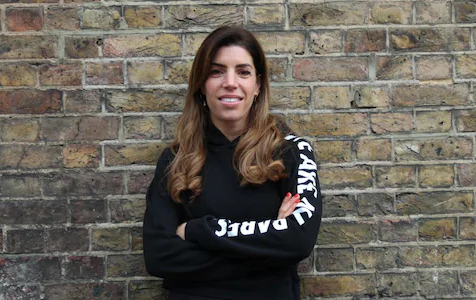
1. You can target your fat burn
It is impossible to ’spot reduce’ on specific areas of the body. So if you want to trim down your thighs, or target ‘problem areas’ like upper arms, you will need to take a whole body approach. Unfortunately genetics determine where on the body we are each most likely to store fat and no amount of targeted exercise will reduce that. Having reasonable expectations about what you can and can’t change about your body’s silhouette will give you a far greater chance of success and allow you to set a more realistic programme for positive change. Focus on what your body can do and not what it looks like and long-term you’ll find yourself more at peace with the process and the outcome!
2. You should stretch before you workout
Dynamic movement to warm the body and muscles up before you train is highly recommended, but performing a series of static stretches may increase susceptibility to injury (as they are designed to relax the muscle), won’t curb any post-workout soreness and can even weaken performance.
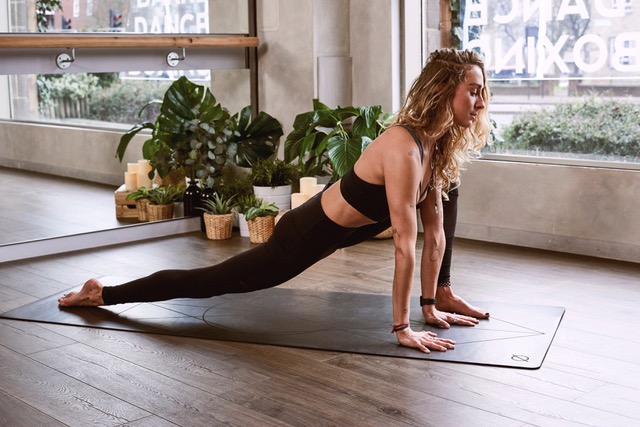
3. Lifting heavy weights bulks you up
For women especially, developing ‘bulk’ or muscle mass is incredibly difficult. It requires hours (of the correct) training, a high protein diet and many months of consistency and dedication. The other essential ingredient is testosterone and women don’t have anywhere near the level of testosterone in their bodies required to build significant muscle mass.
Think about lifting weights in terms of shaping your body – not making it bigger, you’re creating a solid, muscular base. No amount of cardio activity is likely to have that effect, plus the more muscle mass you develop (and we’re talking small-scale!) the higher your metabolism. The higher your metabolism, the more calories you will burn… even at rest!
4. Squats are bad for your knees
This is a general misconception and will only ever be the case if you are squatting with poor form, or have a pre-existing knee issue and the squats you are doing are overloading the joints unnecessarily. In fact, NOT doing squats is more likely to be the cause of generalised knee pain. Start by breaking down your form, assess whether your hips and glutes are supporting your knees correctly (so they don’t cave inwards) and whether your ankle mobility if sufficient to allow good form. You might begin by performing squats on a box or seat to take the load out of the lower limb at the bottom of the movement, but always check your form with a professional fitness trainer.
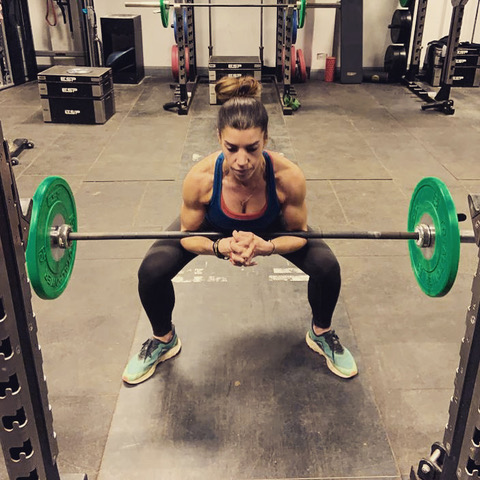
5. Deadlifts are bad for your back
See above! Deadlifts are one of the best movements to create posterior strength, so if your back is sore as a result of doing a deadlift, you are doing it wrong! Don’t consign yourself to the ‘I-can’t-deadlift’ brigade. This is one of the most beneficial exercises you can do. Work with just your bodyweight, or with resistance bands initially if needed, before you think about progressing to kettlebells or barbells.
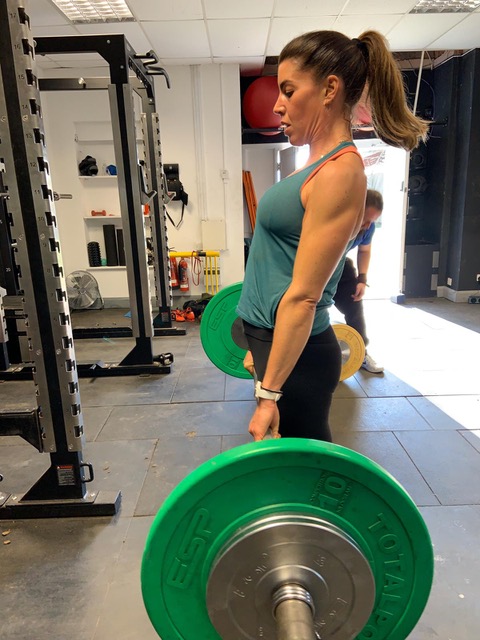
6. Training in the morning is more effective than at any other time
Everybody is different. And the truth is that the best time of the day for you to train is the one that you can stick to with the most consistency. Find out what works best for you in terms of energy levels, lifestyle and work pattern considerations. Give yourself the best chance of success and the least opportunity for other factors to de-rail you.
7. Fat turns into muscle
Fat and muscle are two different tissues. Fact. One cannot turn into the other. This is the same as saying water can turn into stone.You may find that as you lose fat, you also gain muscle because you have embarked upon a new training regime or have increased the intensity of an existing programme. But there is no process in the body that turns fat into muscle.
Here endeth the lesson…
8. You need to carb load or take energy drinks before a workout
In the past, consumption of energy drinks (usually containing caffeine) was the prerogative of athletes who used them in moderation to boost their performance. Nowadays they are used much more widely by people at the gym for their daily work outs, when they have busy days, or even as a substitute for water.
Don’t go there..! Sugary drinks are known to make you prone to losing fluids. With no added electrolytes in most leading energy drinks, this sugar will only work against you and help dehydrate you.

Similarly, carb loading is a strategy commonly used by endurance athletes to increase the storage of glycogen in preparation for a race. So as much as carbohydrates are an essential part of your diet, you don’t need to load up on pasta or potatoes before spending an hour in the gym when you are extremely unlikely to deplete the normal levels of glycogen in your muscles.
Eat a balanced diet, drink plenty of water and if you need a pick-me-up, you could do far worse than grabbing a quick espresso!
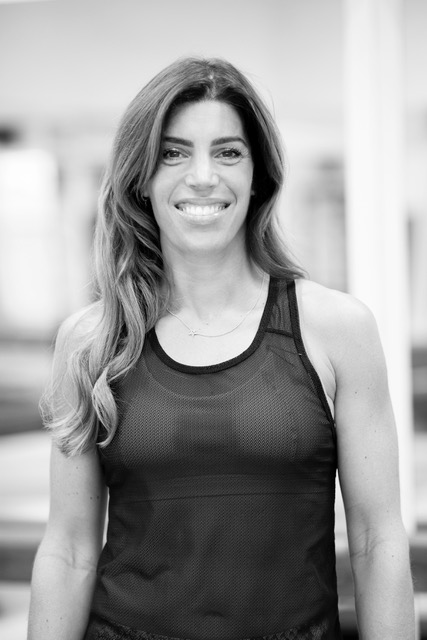
I’m thrilled to be writing a monthly column for @dailystruggleuk and each month, I’ll be sharing some of the strategies that I use on a daily basis to train for general physical and mental preparedness. I do not believe that I am the most talented person out there, or even the strongest, fastest or fittest, but I do have an inner drive to be the best I can at whatever I do – and I never, ever give up.
Follow Vicki on Instagram @vickianstey and @barreworks